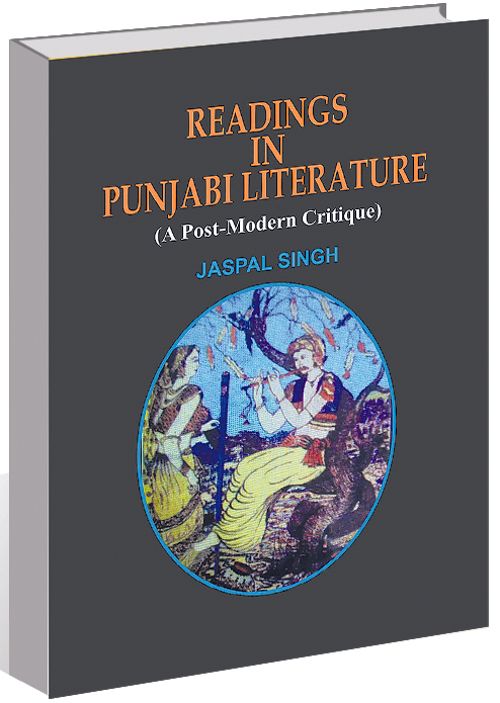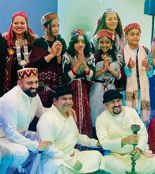Readings in Punjabi Literature: A Post-Modern Critique by Jaspal Singh. Abhishek Publications. Pages 425. Rs 1,995
Book Title: Readings in Punjabi Literature: A Post-Modern Critique
Author: Jaspal Singh
Rajesh Sharma
JASPAL SINGH’S ‘Readings in Punjabi Literature: A Post-Modern Critique’ is heavy in weight, large in size, vast in scope, brief in treatment and nimble in movement. For the readers of modern Punjabi literature, it is literary journalism at its finest. The book has five sections, across which are spread 154 pieces, mostly reviews and articles.
As many as 115 writers are dealt with, most of them happily disposed of, except for a sting dipped in sarcasm and delivered gravely with good intentions. For instance, Amrita Pritam is called ‘a literary enchantress’, at once a miracle and a mediocrity. Balwant Gargi is reprimanded for going astray too far from home and is advised to try a language beyond Punjabi. At the same time, the book brings to light some often forgotten things. It tells us that Randhir Singh, the legendary teacher of political science, wrote some really fine poetry in Punjabi. Mohan Singh Dewana wrote 75 books, and in five languages.
Writing on the linguist Prem Prakash Singh, Jaspal Singh notes that it was Maharishi Valmiki who first used the word Sanskrit for the language that Panini referred to as ‘bhasha’ only. About the playwright Swarajbir’s ‘Krishan’, he says that here is a script churned out of years of arduous research into a vast range of texts, including the Vedas, the epics, the Puranas and Bhakti poetry. Reading the poet Harbhajan Singh, he remarks in a flash of insight that with him, renunciation was a kind of possession. It is not without significance that Jaspal Singh’s book begins with reviews of Amrik Singh Sangha’s two books of literary essays, the kind so fine that you may place them among the finest in the genre.
Most of these pieces were first published in The Tribune and a few in South Asia Post. A comprehensive essay surveying the development of Punjabi literature and another on Waris Shah’s calendar for Heer enrich the book. Although Singh claims to have used the tools of structuralism, post-structuralism, Existentialism, Marxism and postcolonialism in his readings, these are primarily his felt responses to writers and writing. As a result, the tools do not call attention to themselves.














